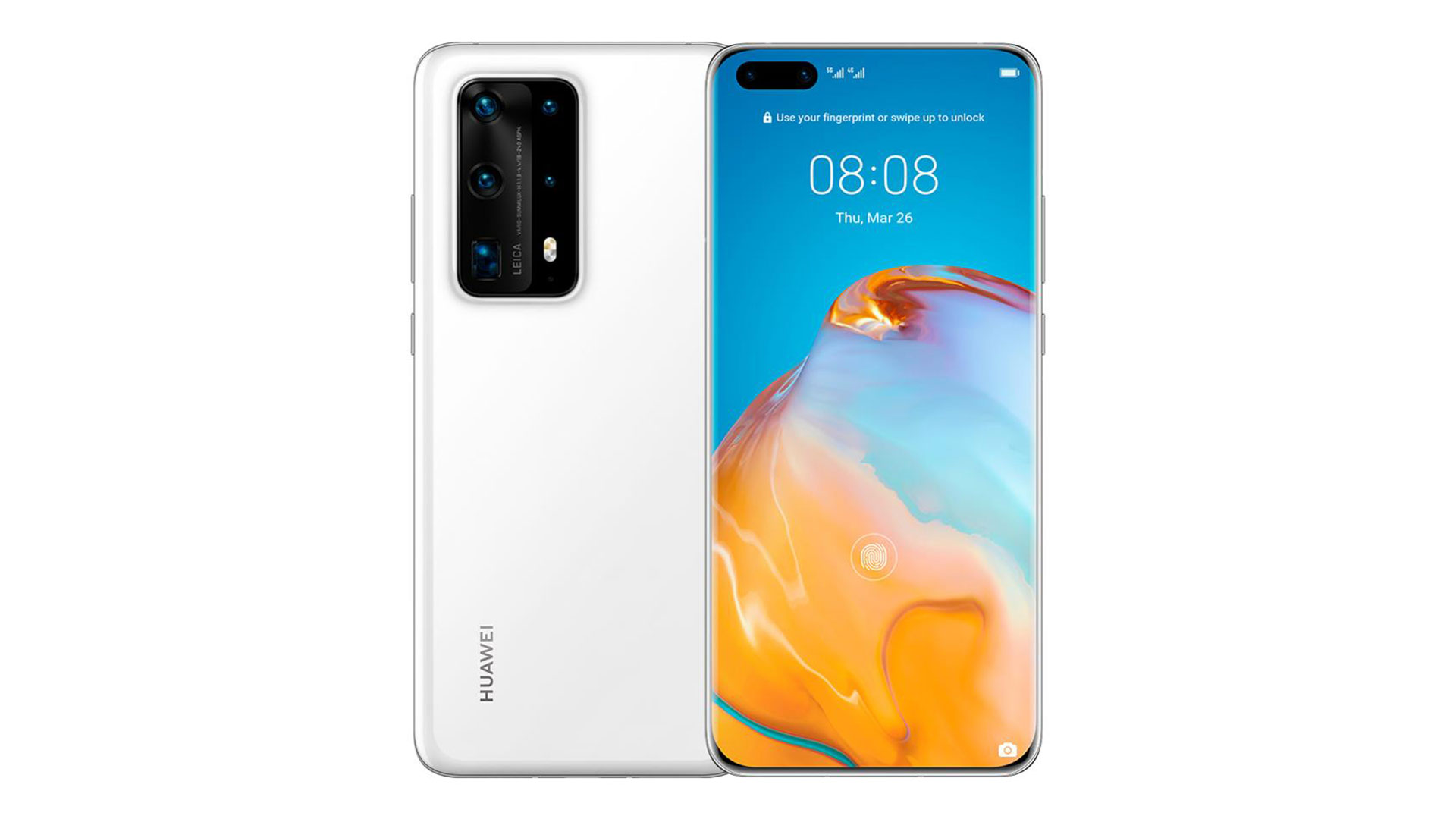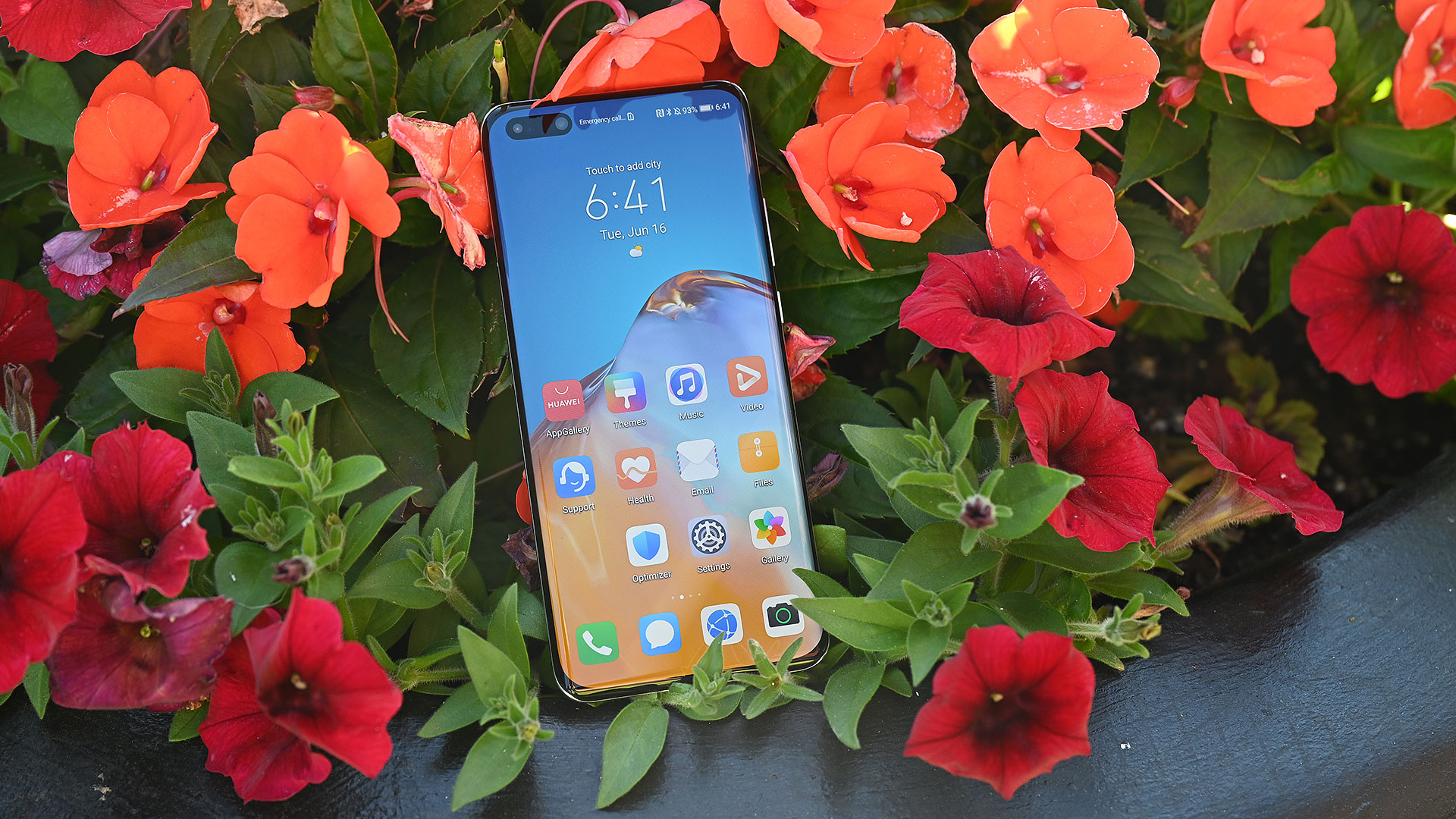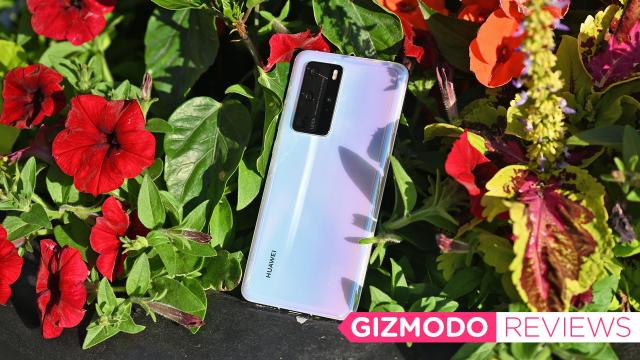It’s a weird situation when the second largest smartphone maker in the world is treated as persona non grata, but that’s precisely what Huawei is facing when it comes to selling gadgets in the regions like the U.S. And based on the current political climate, there’s very little chance that will change between now and November. However, that doesn’t mean Huawei’s latest flagship phone ” the P40 Pro ” isn’t worth checking out. Even though the P40 Pro isn’t officially sold in most parts of the world and its lack of support for Google Mobile Services can be a real pain sometimes (more on that later), it also has world-class components and some of the best cameras you can get on a phone.
Priced at $1,599, the P40 Pro is actually the middle option among Huawei’s current flagship phone lineup, with the more expensive $2,300 P40 Pro+ offering a few extra luxury options including a 10x optical zoom cam, faster 40-watt wireless charging (versus 27-watt charging for the P40 Pro), and a special ceramic back. But aside from that, the two devices are quite similar, with the P40 Pro actually boasting a slightly larger 6.58-inch screen with a 90Hz refresh rate, which is a first Huawei.

Huawei P40 Pro
What is it?
Huawei's latest flagship phone
Price
$1,599
Like
Superb build and design, excellent camera quality, tons of features, great battery life, 90Hz display
Don't Like
No support for Google Mobile Services and a spotty selection of apps is a huge bummer, expandable storage requires proprietary Huawei NM card, no headphone jack, no stereo speakers
From the moment you pick up the P40 Pro, it feels more like an expensive watch than a typical gadget. It has a noticeable heft and density that you don’t find in a lot of other phones, and it’s clear Huawei has paid a lot of attention to the P40 Pro’s finish with little accents like the red line on the power buttons and the corners of its chassis, which rise up and reach around to form what Huawei calls its quad-curve overflow display. It’s a really elegant look that also has a functional purpose, because by extending the sides of the P40 Pro’s screen almost halfway down the side of the phone, you get a really smooth, curvy surface when using Huawei’s gesture navigation, making swiping in from either side to go back or swiping up to home a treat every time you do it. And because the display’s edges are quite steep compared to other phones with rounded screens, the P40 Pro doesn’t suffer as much from distortion. In short, if you’re going to put a curvy screen on a phone, the P40 Pro is a great example of how to do it right.
As for the screen itself, I think Huawei made a smart decision by splitting the difference between full HD and 4K and going with a 2640 x 1200 resolution, which means the phone doesn’t have to work as hard when playing games, but without having a resolution so low you can make out individual pixels. And with its OLED panel, the P40 Pro’s screen is both bright and wonderfully colourful.

Meanwhile, on the inside, you get Huawei’s Kirin 990 chip, 8GB of RAM, and at least 128GB of storage, offering plenty of room for stashing pics and videos locally along with strong performance. You also have a speedy in-screen fingerprint sensor and even support for 5G in certain regions (You’ll need to check your local area). Huawei even tossed in a few features you don’t really get on other flagship phones anymore including an IR blaster.
Unfortunately, the P40 has a few weird quirks too. Because Huawei opted for an under-the-screen earpiece speaker for listening to calls, the phone only has a single mono speaker for normal playback duties. It’s not a big deal, but considering practically every other phone in this price range sports at least stereo audio, the P40 Pro’s lacklustre speaker feels like a partial miss. Also, while the P40 Pro does have expandable storage, the phone uses special Huawei Nano memory cards, which means your standard microSD card won’t fit.
But the real stars on the P40 Pro are its cameras. The main camera uses a huge 1/1.28-inch 50-MP sensor, with the phone also packing a 12-MP telephoto cam with a 5x optical zoom, a 40-MP ultra-wide cam, and a 3D time-of-flight sensor for good measure. In bright light, the P40 Pro delights with sharp, rich photos that match or sometimes exceed anything the Pixel 4 can capture. My only real gripe is that sometimes Huawei’s processing pushes exposure a bit too far so that in certain scenarios like my shot of a nearby mural, you lose a bit a detail like on the texture of the wall.
But at night is when the Huawei’s camera really impresses. In a head-to-head shootout of a flower in low-light, while the P40 Pro didn’t produce the same, vivid shade of blue as the Pixel 4 XL did, it did capture an overall sharper photo. And when it comes to editing, it’s easier to adjust colour than focus. However, the shot that impressed me the most was probably the P40 Pro’s shot of a fountain at night. Based on the photo, you’d have a hard time telling how dark it was in real life, and even so, the P40 Pro’s picture sports more details and is just generally sharper than the Pixel 4 XL’s pic. When it comes to photography, the P40 Pro is every bit of a match for Google’s best, and with that 5x optical zoom and a boatload of special modes and features, it’s got a better overall toolkit than the Pixel 4 too.
Sadly, now we have to get to the P40 Pro’s biggest weakness, it’s lack of support for Google apps and Google Mobile Services. Not only does this mean you don’t have access to the Google Play Store (along with any content you may have purchased there), apps that rely on Google Mobile Services don’t work either. Right off the bat that eliminates a lot of really handy apps like YouTube, Drive, Photos, and Google Maps, but it also prohibits you from syncing a number of games that rely on Google Play to transfer profiles or store saved game info.
Instead, your main source of new apps is Huawei’s App Gallery, which is a growing marketplace for apps designed to run on Huawei devices. But even there a lot of big third-party apps like Twitter, Whatsapp, Philips Hue, and others are missing. Now it’s true you can circumvent some of these restrictions by sideloading apps or using Huawei’s Phone Clone app to carry over apps from your old Android phone to the P40 Pro. This worked to bring Twitter over, but there are still a lot of omissions. Furthermore, while it is possible with a lot of effort and a not-insignificant amount of expertise to add Google Mobile Services to a Huawei phone, these loopholes don’t tend to last very long, which makes it feel like you are constantly running tech support on your daily driver.

In fact, because our traditional video rundown test uses YouTube, I couldn’t even run a proper battery life test on the P40 Pro. So while I was more than happy with its typical everyday longevity, I’m not able to make the same sort of battery life comparisons I usually do. The mapping situation on Huawei phones is especially dire. Obviously you don’t have access to Apple Maps, and with Google Maps also removed from consideration, there simply aren’t any great options left to choose from. Even TomTom, which is supposed to be Huawei’s new mapping provider, isn’t available in the App Gallery yet.
For a lot of people, this is a huge sticking point, because even though the P40 Pro’s hardware is great, the inability to run many of my most commonly used apps is a huge dealbreaker. It’s a sad state of affairs, because otherwise, the P40 Pro would pose a wonderful alternative to a Galaxy S20+ or an iPhone 11 Pro. I have no doubt that in the future the app selection in Huawei’s App Gallery will improve and Huawei might even at some point get removed from the Entity List, but right now, the lack of support for tons of popular apps means the P40 Pro sort of feels like a lost generation for people in the west.
README
- The P40 Pro only has a single mono speaker, which feels like a strange choice for a phone in this price range.
- Not only is the P40 Pro’s image quality excellent, it has more special modes and features than practically any other phone on the market.
- The screen on the P40 Pro is one of the best examples of curved glass done right.
